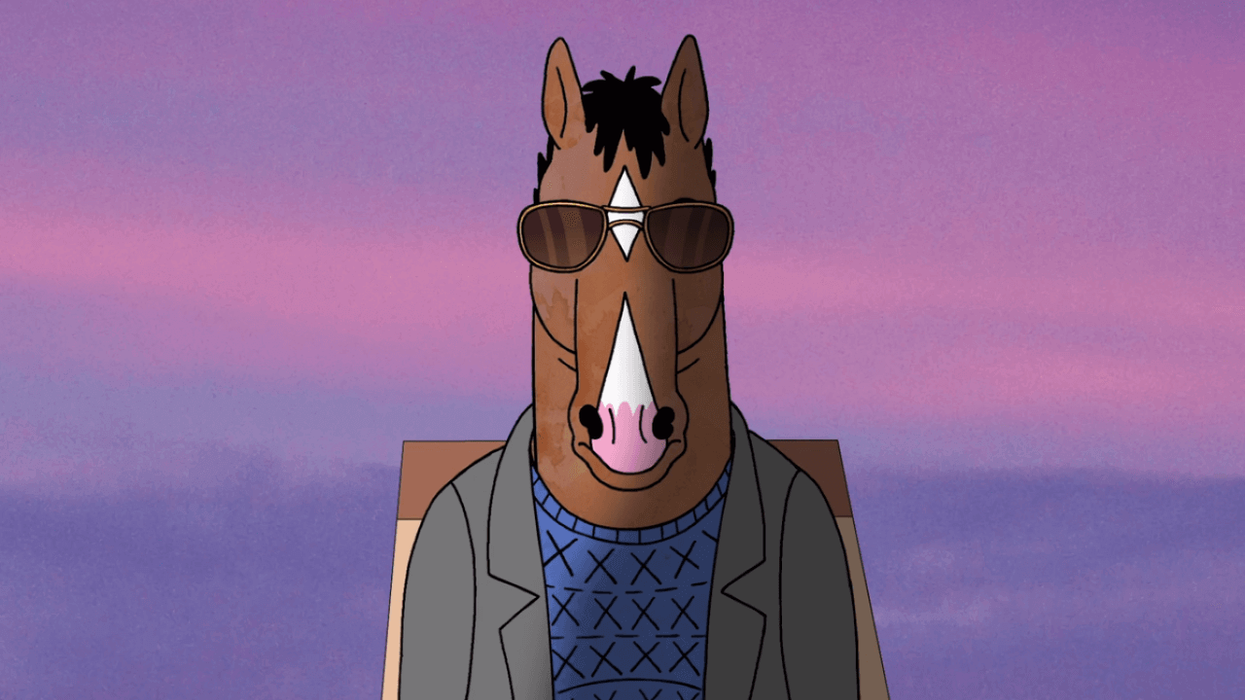Are We Living in Another (Better) Golden Age of the TV Antihero?
We went through a golden age of antiheroes in the early 2000s, but how has that character changed on TV?

The early 2000s were dominated by Tony Soprano, Dexter, and all of the characters on The Wire. Those shows were followed by Breaking Bad, Mad Men, and Vick Mackey from The Shield.
These were groundbreaking series that followed mostly male antiheroes and helped change the landscape.
People stopped forcing a narrative about rooting for characters and instead embraced an interesting world.
Now, in 2020, that narrative is changing again. The prioritization of male antiheroes has been less emphasized, allowing more room for women to enter the story. There's also less emphasis on redeeming qualities; people can be brutal without needing to have a softer side.
And there's also diversity in mediums that were never available earlier. You can be an antihero in half-hour comedies, animated shows, and web series, as well as the 60-minute drama.
This ushered in a new era of the antihero, one that has offered us another golden age of television.
Check out this video from The Take, and let's talk after the jump!
Are We Living in Another (Better) Golden Age of the TV Antihero?
In television, you spend so much time with a character that you are given many opportunities to forgive their faults. When you study character development and character arcs, you see a common trend in TV, with likable people who keep you coming back each week.
But the 2000s destroyed that trend in a big way, offering us so much more depth.
And now, the 2010s and 2020s look to expand the purview of the antihero.
As the video above said, "The old Antihero is dead, long live the Antihero 2.0! What makes BoJack Horseman, Marty and Wendy Byrde (Ozark), Claire Underwood (House of Cards), Selina Meyer (Veep), Fleabag, and Rick Sanchez (Rick and Morty) different from past antiheroes on television, and what does our fascination with them say about us?"
The nice thing about the change is that there is more room for everyone to play.
We've seen the angry young man and middle-age crisis, but now we can see women in those roles, asking for their dreams to come true and refusing to compromise for them.
Characters like Cersei and Fleabag are allowed to be bad, without us having to give them redeeming traits, although sometimes we find them.
In general, the 2nd wave of antiheroes is allowed to be bad and emotional. They're not evil and ambiguous, we see exactly what happened to make them this way, from alcoholism to flawed parents to cheating husbands... and even unmitigated time travel.
Allowing the audience to see people at their worst creates a bond between viewer and character. We don't need to see ourselves in them, but as an adult, you might see some of the world outside your window in these people as well.
In the end, the new wave of antiheroes exposes parts of society we have never seen on TV before, and thus broadens the scope of where TV can go in the future.
What are some of your favorite antiheroes from this era? Let us know in the comments.
What's next? Get our free screenwriting eBook!
So much of what we're talking about on No Film School when it comes to screenwriting is summarized in our new eBook. It also helps guide you through a 10-week writing plan that will get your script actually finished.











